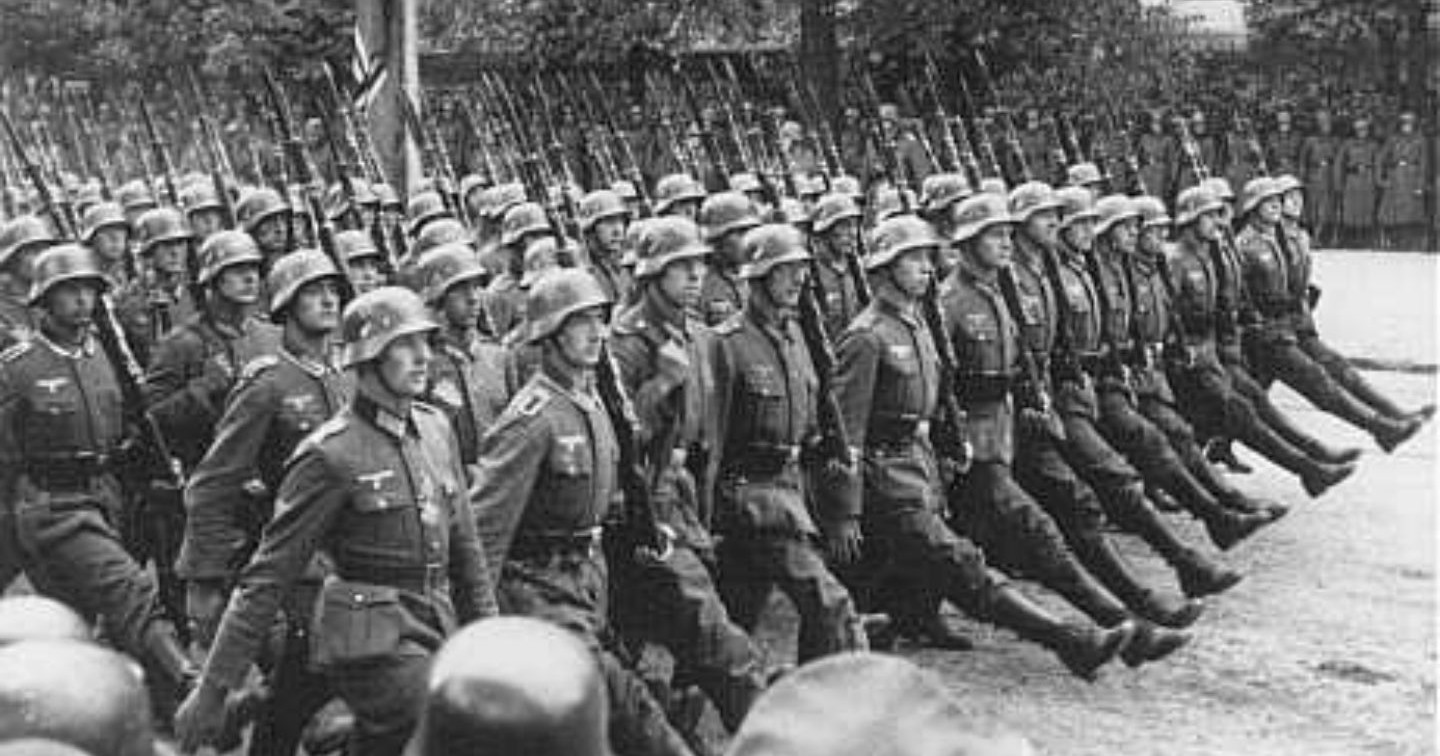A resistência polonesa
- Comentários desativados em A resistência polonesa
Em uma sexta- feira, dia 1 de setembro de 1939, a invasão começa. Centenas de nazistas entraram no território polonês, destruindo tudo que eles tinham.
Conforme o Wehrmacht avançava, tropas polonesas recuavam para suas linhas defensivas mais estabelecidas. Uma luta severa acontece em Bzura, levando a uma grande derrota polonesa após 10 dias de batalha.
Depois dessa vitória, a rendição da Polônia não estava longe e, em outubro, com o ataque coordenado na União Soviética pelo leste, isso se tornou realidade.
Apesar da anexação (quase) completa pelo Reich, a Polônia ofereceu muita resistência aos alemães, visto que milhares de soldados e oficiais nazistas foram mortos pelo movimento de resistência daquele país, o Estado Polonês do Submundo.
Composto por 400.000 membros (embora nem todos foram ao combate), o Armia Krajowa (Exército Natal) coordenou seus planos com o Governo Polônes no exílio em Londres. Centenas de invasões, saques, sabotagens e missões de inteligência foram executadas pelo Armia Krajowa e, por volta de 1944, muitos conflitos custaram a vida de milhares de poloneses.
A Polônia teria sua liberdade parcial apenas em 1945, com a rendição da Alemanha, pois a União Soviética e a Guerra Fria tinham outros planos para ela.

The Polish resistance
Friday, 1st of September, 1939, the invasion begins. Hundreds of Nazi divisions enter Polish territory, destroying everything in their path.
As the Wehrmacht advances, Polish troops retreat to their more established defensive lines. Harsh fighting is seen in Bzura, leading to a major polish defeat after ten full days of battle.
After that victory, the capitulation of Poland was not far, and, in October, with a coordinated Soviet attack in the east, it would become true.
Despite full annexation by the Reich, Poland was everything but a sure victory for the Germans, seeing as thousands of soldiers and officers would be killed by their resistance movement, the Polish Underground State.
Composed of 400,000 members (although not all of those saw combat), the Armia Krajowa (“Home Army”) coordinated their plans with the Polish Government in Exile, in London. Hundreds of raids, sabotages and intelligence gathering missions were carried out by the Armia Krajowa, and by 1944, many skirmishes had cost the lives of thousands of Poles.
Poland would see partial freedom only in 1945, with the capitulation of Germany, for the Soviet Union and Cold War had other plans for them.
Fonte: https://www.thenation.com/article/september-1-1939-germany-invades-poland-beginning-world-war-ii/ Acesso em: 24 de maio de 2021.
Autores: André Giancursi Pedrosa, Enzo Guerra Jacintho, Francisco Galvão Coloda, Gustavo Stremel Ribeiro e Rodrigo Gonçalves Moreira
